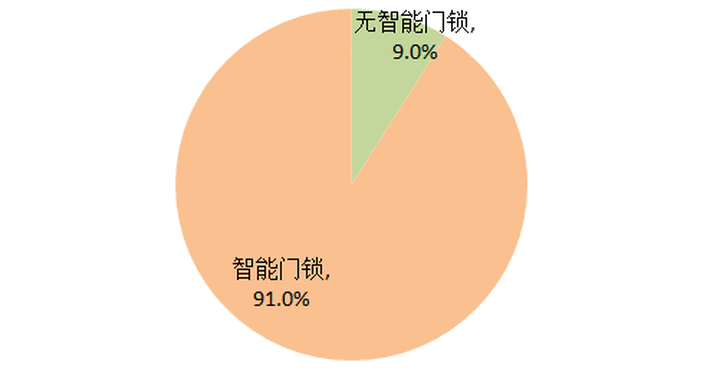At the beginning of the new year, many hot cities have begun a new round of policy overweight, and strengthening product capacity has become an important focus for more housing companies to adapt to the market and prevent risks. After in-depth analysis of more than 30 indicators of basic information, unit type, interior decoration design, community space and community landscape of more than 2,000 residential projects for sale in 2020, the product force research team of CRRC Research Center launched residential product indicators Interpretation of the series.
In recent years, the popularity of domestic smart communities and smart homes has been rising, and the industry has set off a wave of intelligent residential development. The increasingly mature technologies such as artificial intelligence and the Internet of Things are constantly being applied to residential construction.
In addition, affected by the new crown epidemic in 2020, citizens have put forward more and higher demands for home air, water, ventilation, lighting, smart home, and community smart management. Many real estate companies have launched upgrades to smart and healthy homes, applying smart home and smart community systems to improve customer living experience and quality, and strengthen the overall competitiveness of their products.
01. Ninety percent of projects are equipped with
smart door locks, and the application rate of Hibiscus ranks first
As the first household device triggered by the owner's entry into the home, smart door locks have been widely used in newly built houses, accounting for up to 91%.
With the continuous development of technology, the operation methods of smart door locks are becoming more and more diversified, including swiping cards, fingerprints, passwords, keys, Bluetooth, and shaking the phone. And some smart door locks can be linked to alarm, and the safety and convenience are greatly improved compared with ordinary door locks.

